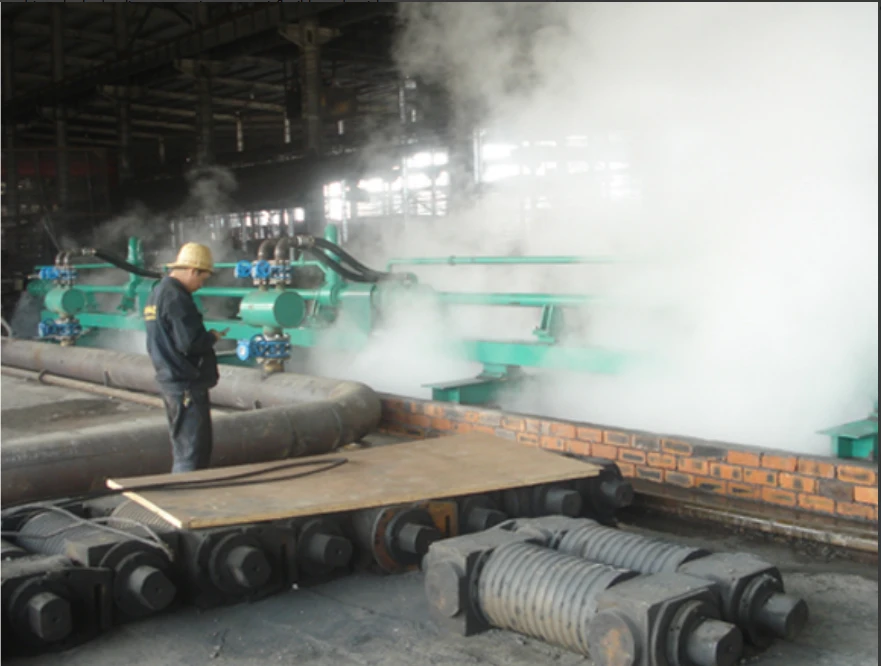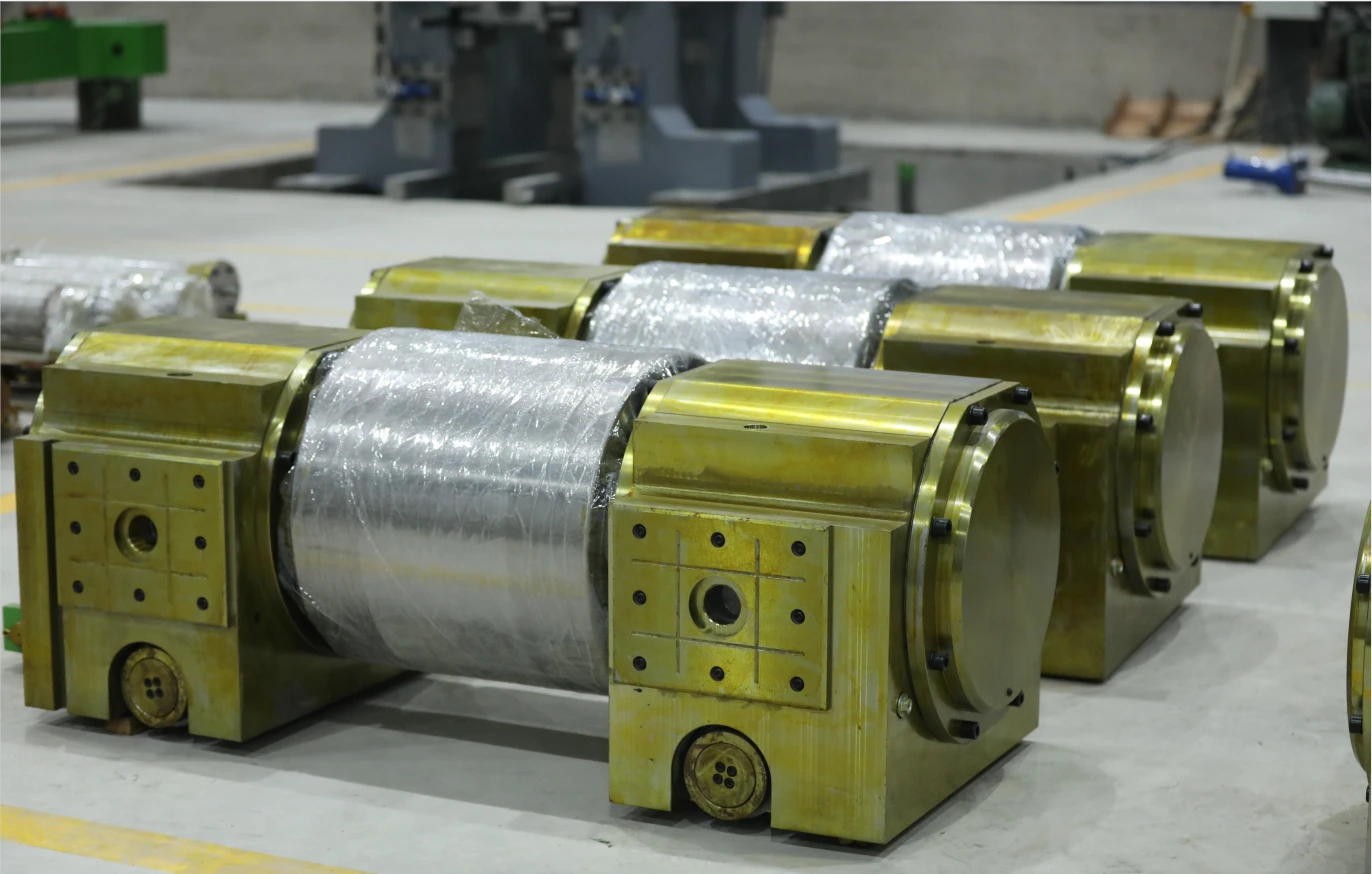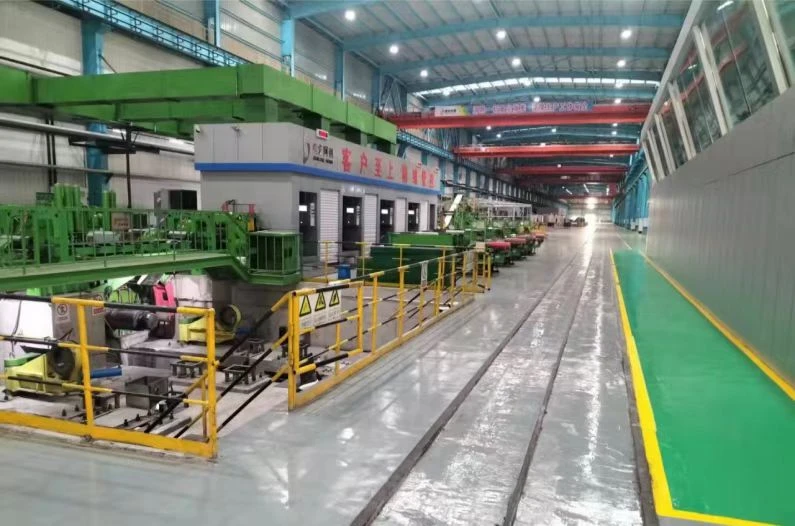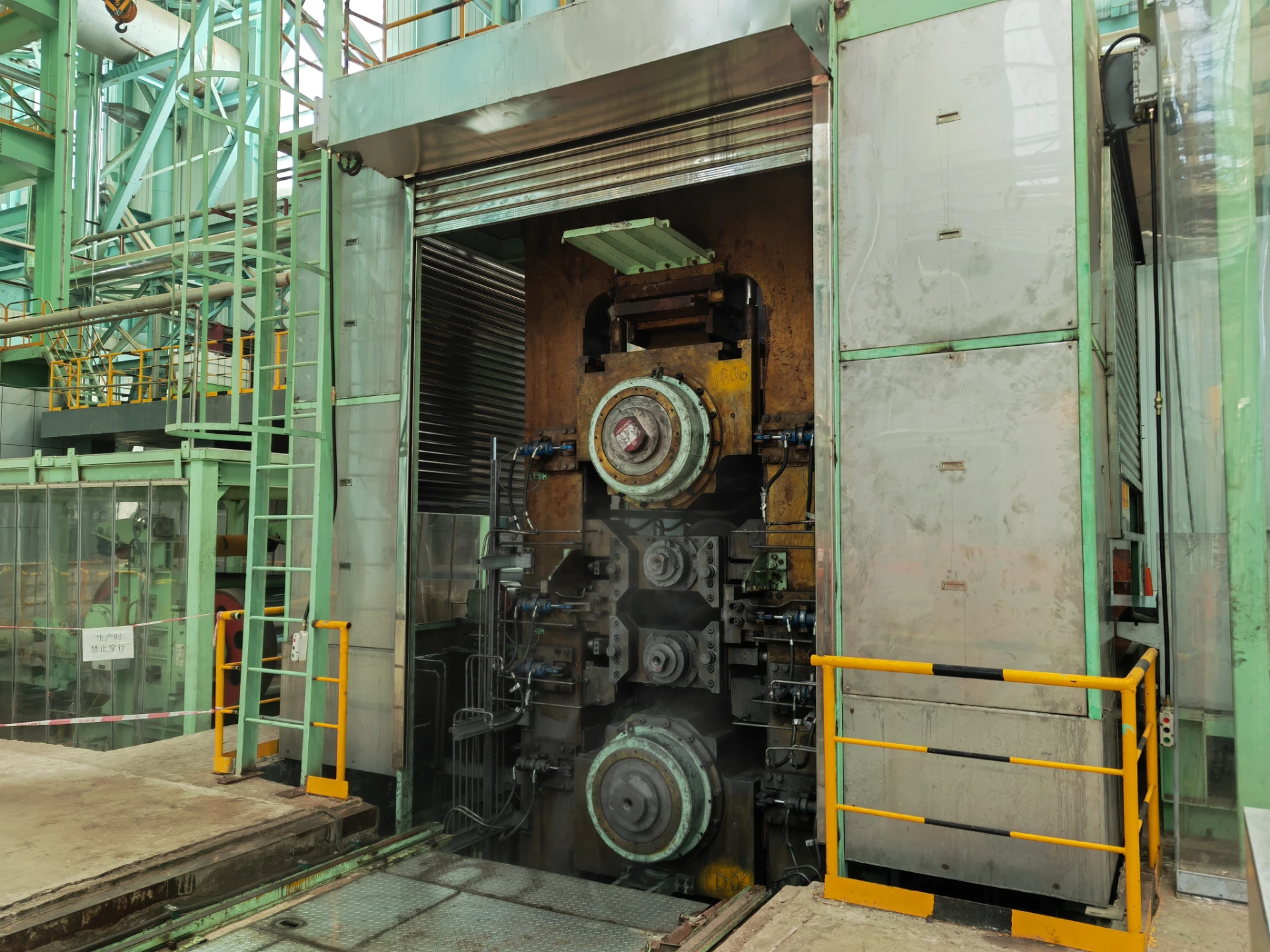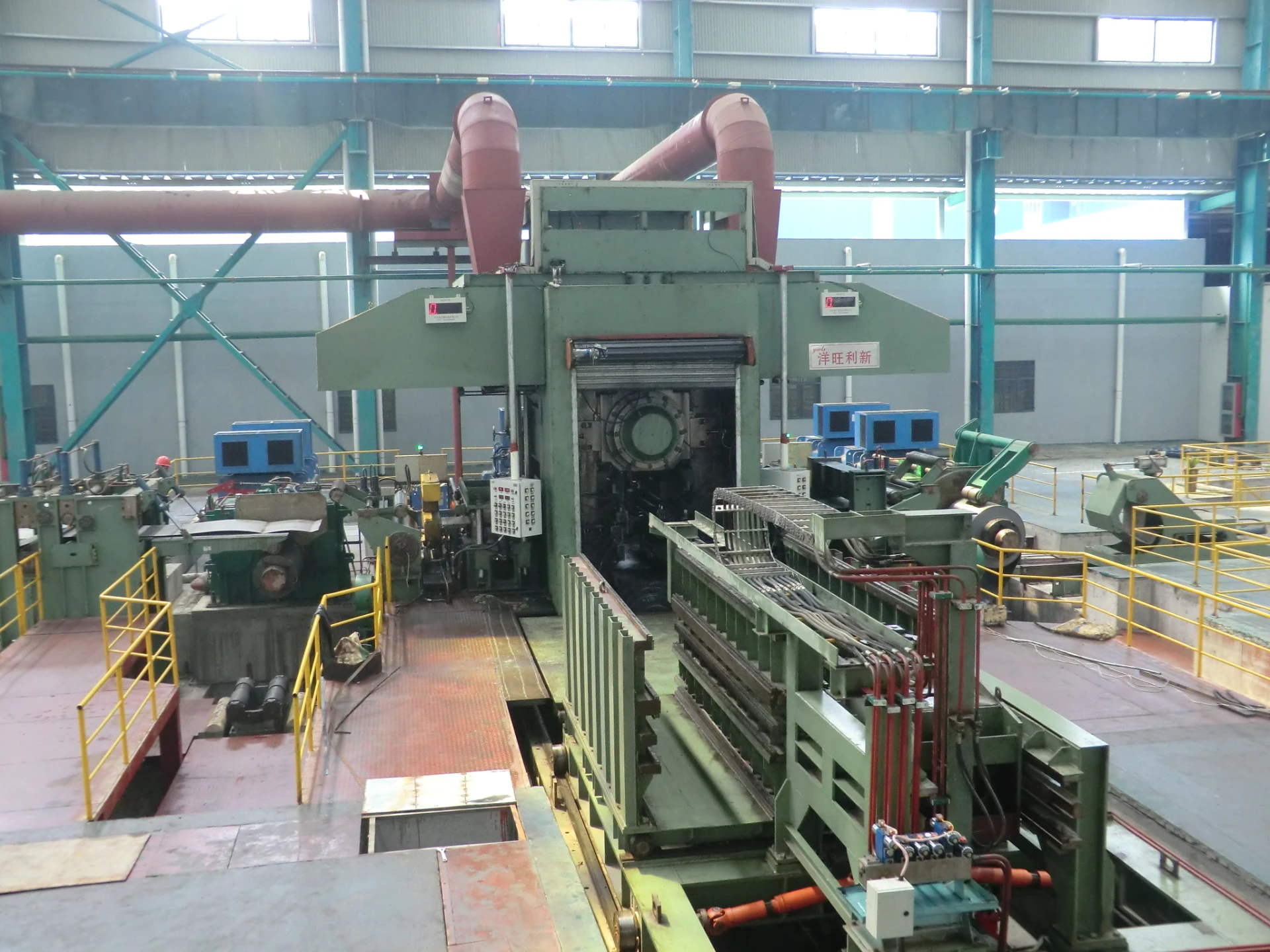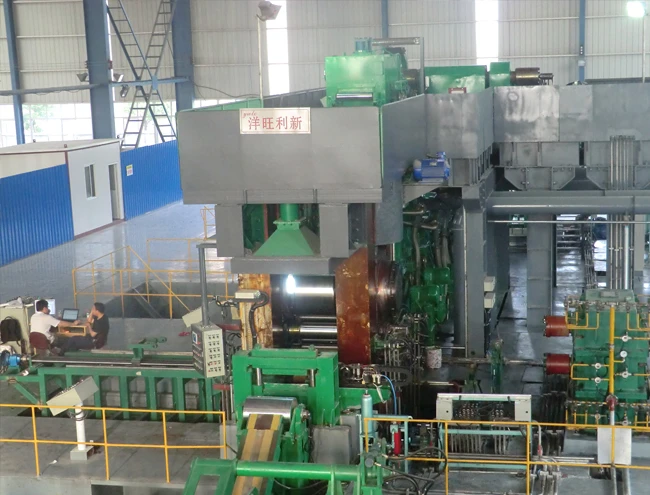
automatic blister packaging machine
The Rise of Automatic Blister Packaging Machines A Game Changer in Packaging Technology
In recent years, the demand for efficient and reliable packaging solutions has surged across various industries, including pharmaceuticals, electronics, and food. One of the most innovative advancements in this realm is the automatic blister packaging machine. These machines have revolutionized the way products are packaged, ensuring not only convenience but also enhancing safety and product shelf life.
What is an Automatic Blister Packaging Machine?
An automatic blister packaging machine is a sophisticated device designed to produce blister packs, which are pre-formed plastic packaging designed to hold products securely while allowing visibility. This machine operates with minimal human intervention and automates the entire packaging process, from forming the blisters to sealing and cutting the finished product. The automation of this process significantly boosts productivity and consistency, making it an essential tool for manufacturers looking to streamline their packaging operations.
The Components and Working Mechanism
The working mechanism of an automatic blister packaging machine can be broken down into several key components. Typically, these machines comprise a forming station, a filling station, a sealing station, and a cutting station.
1. Forming Station The process begins at the forming station, where a plastic sheet is heated until it becomes pliable. The heated sheet is then pushed into a mold to create blisters that will hold the product. 2. Filling Station Once the blisters are formed, the machine moves to the filling station. Here, the desired product—be it tablets, capsules, or even electronic components—is automatically placed into each blister.
3. Sealing Station After filling, the next step involves sealing. A lidding material, often made of aluminum or a compatible plastic, is placed over the filled blisters. The machine then applies heat and pressure to create a strong seal that protects the product from moisture, contamination, and tampering.
4. Cutting Station Finally, the sealed blister packs are cut into individual units, ready for distribution or additional packaging. This entire process is conducted rapidly and efficiently, often achieving production rates of hundreds or even thousands of packs per hour.
Advantages of Automatic Blister Packaging Machines
The adoption of automatic blister packaging machines offers numerous advantages for manufacturers
automatic blister packaging machine

- Efficiency Automation reduces the time and labor required to package products. This efficiency translates into higher output rates and lower operational costs.
- Consistency and Quality Control Automatic machines minimize human error, ensuring uniformity in every packaged item. This consistency is crucial, especially in industries like pharmaceuticals, where dosage accuracy is paramount.
- Enhanced Product Protection Blister packs provide an effective barrier against environmental factors such as moisture, light, and air. This protection extends the shelf life of products and maintains their integrity.
- Reduced Risk of Contamination Automated processes limit human contact with the product, thereby reducing the risk of contamination and ensuring hygiene.
- Flexibility Modern automatic blister packaging machines can be easily calibrated to handle various product shapes and sizes, making them adaptable to different packaging requirements.
The Future of Blister Packaging
As industries continue to evolve, so too does the technology behind blister packaging. The rise of smart packaging solutions, including the integration of IoT technology, means that future automatic blister packaging machines could provide real-time data and insights into production processes, enhancing overall efficiency further.
Moreover, as sustainability becomes a top priority for consumers and manufacturers alike, there is an increasing focus on developing eco-friendly blister packaging solutions. Innovations in biodegradable materials and recyclable components will likely shape the future landscape of blister packaging.
Conclusion
Automatic blister packaging machines represent a significant evolution in the packaging industry, providing manufacturers with efficient, reliable, and high-quality solutions. Their ability to enhance productivity while ensuring product safety makes them invaluable in today’s fast-paced market. As technology continues to advance, we can expect even greater innovations in the field of blister packaging, setting new standards for efficiency and environmental responsibility in the decades to come.
-
Indian Clients Visit YWLX to Inspect Skin-pass MillNewsJun.22,2025
-
Typical Products from Reversing Cold Rolling ProcessNewsMay.26,2025
-
Surface Finish Improvement through Skin Pass RollingNewsMay.26,2025
-
Integration of AGC Systems in Modern Cold Rolling MillsNewsMay.26,2025
-
Cold Rolling in the Context of High-Strength Steel DemandNewsMay.26,2025
-
AGC in Hot Rolling Mills: Challenges and SolutionsNewsMay.26,2025
-
Why Reversing Cold Rolling Mills Are Ideal for Specialty MetalsNewsMay.13,2025




